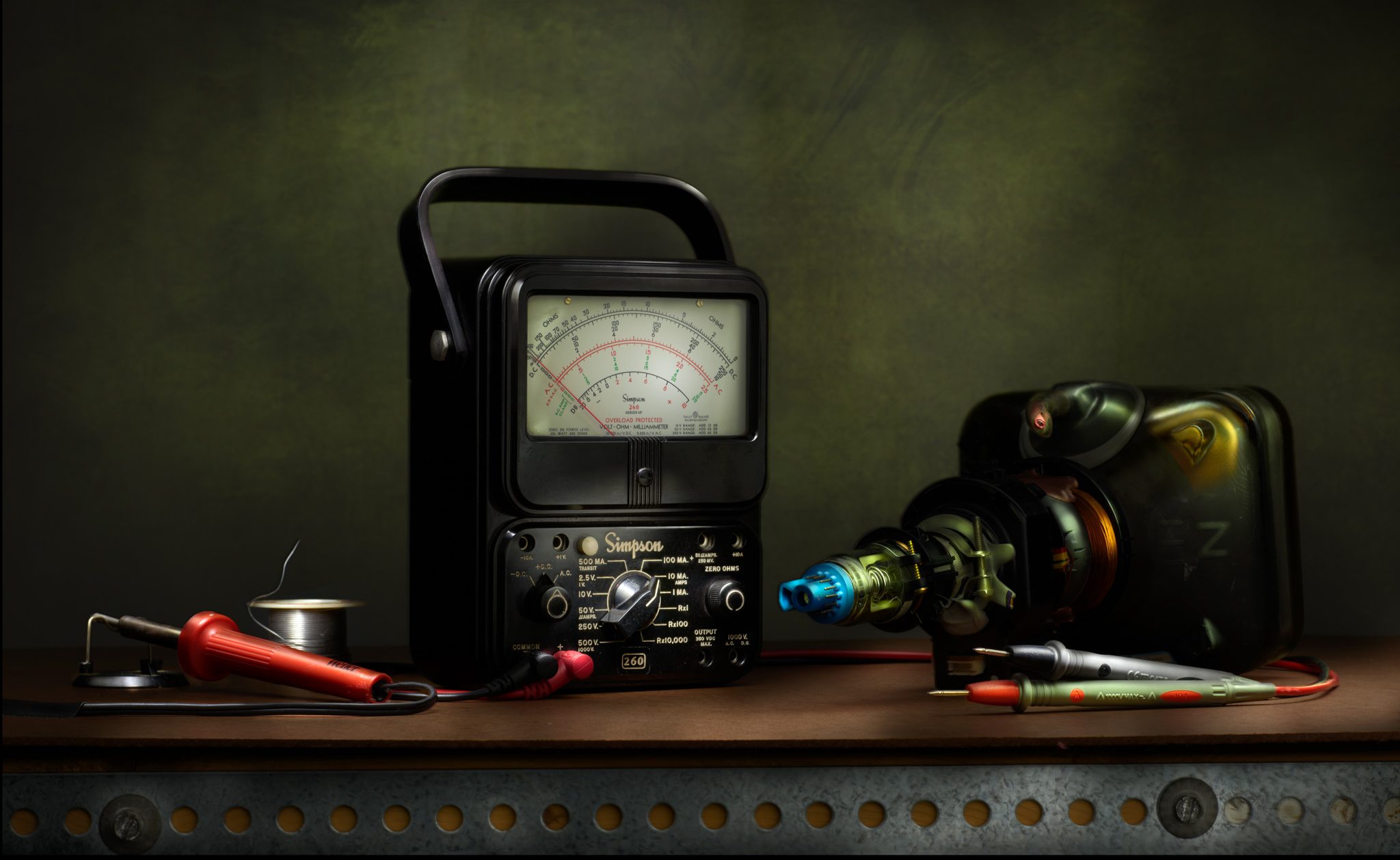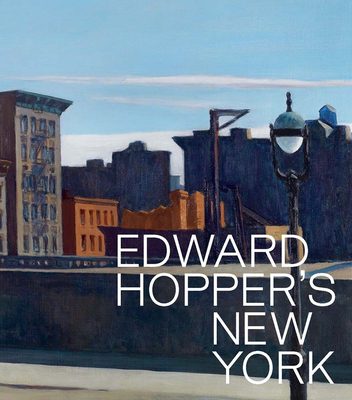One of the challenges I often encounter with my still-life light painting work is effectively conveying the story I envision for the photograph’s purpose through its title. Conveying the story is crucial for the viewer to connect with the image and understand its meaning. A fellow Chapel Hill Camera Club member rightly pointed out that my photograph titles could be more imaginative. For instance, in the “Simpson Meter” piece, a photo of a vintage electronics setup, the viewer might only recognize an ohmmeter, cathode ray tube (CRT), and soldering iron—if they’re familiar enough to make that connection! But if they’re not, the composition is meaningless to them. They’re left with possibly appreciating the objects’ colors, texture, and form, almost like they’re looking at an abstract.
The story I had envisioned when I created this composition centered around the cathode ray tube. Anyone my age, which is 66, I hate to admit, grew up watching television on a black and white or color cathode ray tube. But this particular one is special because it was on a Rear Projection TV. These TVs were popular in the early 2000s when high-definition television emerged. I extracted the CRT from my TV in my Bonus Room, and they were big. I bought my Flat-panel LCD TV and had to get rid of the Rear Projection TV. I had no idea how I would take it down the stairs. I couldn’t figure out how the delivery guys got it up to the Bonus Room in the first place!
The easiest way to do it was to cut up the cabinet, remove the electronics, and take it down the stairs piece by piece. While eliminating the electronics, I saw three small CRTs attached to a wide-angle lens and a red, green, and blue filter. The colored light from each CRT was directed to a large mirror that reflected the TV image on the back of the big screen. I thought it was an engineering marvel, so I kept the CRTs, lens, and filters.
I kept these artifacts because the Flat-Panel Display was the last in a long history of the CRT, which all TVs have used since the 1940s. Once the LCD TVs came out, there was no turning back, and it was the end of the CRT. For me, this was another life-changing event, one in a long line when cassettes replaced 8-track players, and the Apple iPod and digital music replaced both cassettes and vinyl albums. It was meaningful to me.
A viewer of this composition would never get this story from the photograph alone. How can I convey this story and its meaning to a viewer? The first way is to develop a title better than Simpson Meter, Cathode Ray Tube, and Soldering Iron. The main problem is that it’s too literal and lacks creativity.
Maybe use the title “The Dawn of the Old TV” or something like that. It would give the viewer something to think about, such as how the title relates to the composition. If the title is literal, there’s little for the viewer to consider. I could also use a caption to write a short paragraph to help the viewer understand the meaning behind the composition. Sometimes, titling a photograph is not enough. Try adding a caption and some creativity.




